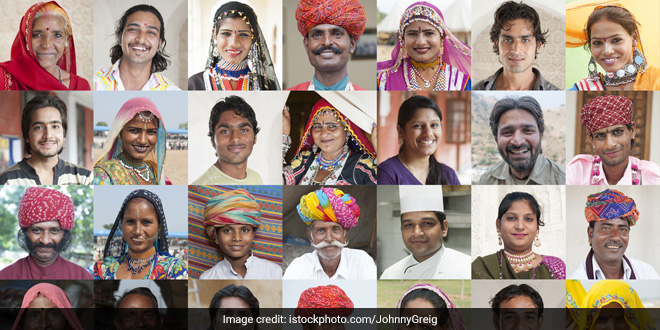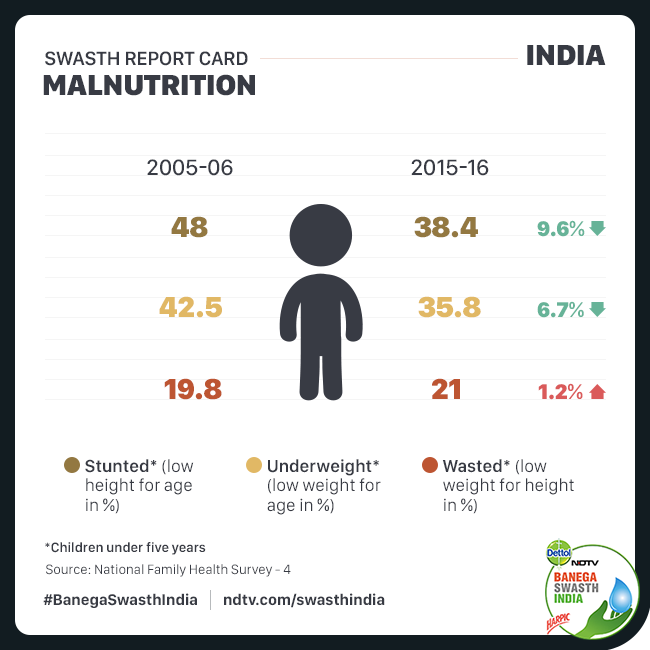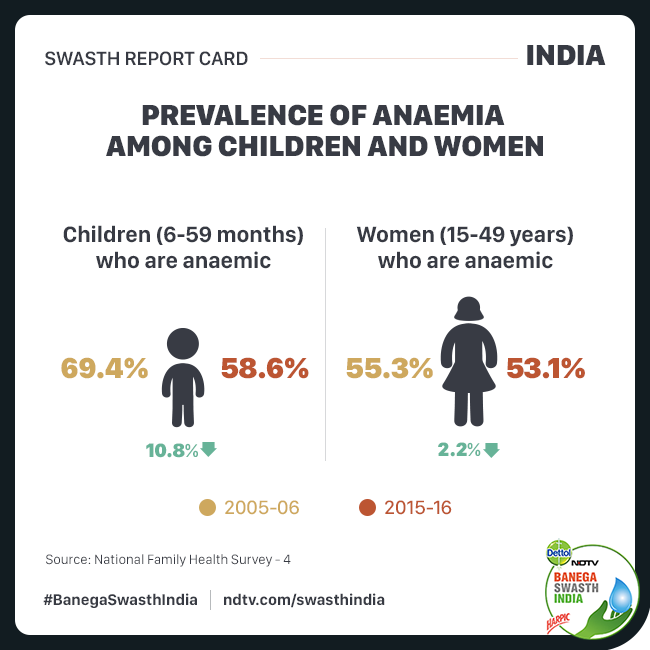New Delhi: With about 1.37 billion people, India has the second largest population in the world and faces major issues like prevalence of poverty and lack of health for all. While World Poverty Clock shows that about 44 Indians make their way out of extreme poverty every minute, progress in health outcomes in the country seems to be lagging behind, according to the Global Multidimensional Poverty Index (MPI), released by the United Nations Development Programme (UNDP) in 2018.
As per the report, India with 37.9 per cent has the second-highest stunting rate after Pakistan with 45 per cent, among the middle-income countries in Asia. The list ranks Myanmar (29.4 per cent), Nepal (36 per cent) and Bangladesh (36.2 per cent) after India.
India along with other developing countries has committed to achieving 17 number of Sustainable Development Goals (SDGs) by 2030, as part of a new global sustainable development agenda by the United Nations. These goals are framed with an aim to end poverty, protect the planet, and ensure prosperity for all, with Goal 3 aimed at ensuring healthy lives and promoting well-being for all at all ages.
For the National Family Health Survey (NFHS) 4, fieldwork for India was conducted from January 2015 to December 2016 and gathered information from over 6 lakh (601,509) households, which covered 6,99,686 women, and 1,12,122 men.
- Infant Mortality Rate (IMR): According to National Family Health Survey (NFHS) 4, the infant mortality rate (deaths before the age of one year) in India — per 1,000 live births was down to 41 in 2015-16, from 57a decade ago, a reduction of 28 per cent.
- Under-Five Mortality Rate (U5MR): India’s under-five mortality rate (children dying under the age of five), in 2015-16, stood at 50 per 1000 live births, which was an improvement of 32.4 per cent from 74 per 1000 live births in 2005-06.
- Malnutrition: According to NFHS 4, India saw a reduction of about 9.6 percent in the cases of stunting (low height for age) of children under five. About 38.4 per cent children under the age of five in India were stunted in 2015-2016 as compared to 48 per cent in 2005-2006. The country also witnessed a 6.7 per cent decrease in the cases of underweight children. 35.8 per cent children under the age of 5 were underweight in 2015-2016, down from 42.5 per cent in 2005-2006. When it comes to the cases of wasting (low weight for height), India witnessed a rise of 1.2 percent, with 21 per cent wasted children under the age of five in 2015-2016, compared to 19.8 in 2005-2006.
- Anaemia Among Children And Women: In 2005-2006, 69.4 percent of children surveyed, aged between 6-59 months were anaemic. The figure came down by 10.8 percent in 2015-16 with 58.6 percent children surveyed being anaemic. When it comes to women aged 15-49 years at an all India level, 53.1 per cent of those surveyed were anaemic in 2015-16. This is a small 2.2 per cent drop from the 55.3 per cent of the women found anaemic in 2005-2006.
5. Diarrhoea Cases And Death: According to National Health Profile 2018 report, Diarrhoeal disease deaths in India in 2016 stood at 1,555 which in 2017 was reduced by 14.4 per cent with 1,331 deaths. Moreover, in 2017 there were 1.3 crore (1,29,27,212) cases of Diarrhoea in India which has seen an 8.7 per cent decline from the1.4 crore (1,41,66,575)cases recorded in 2016.
































